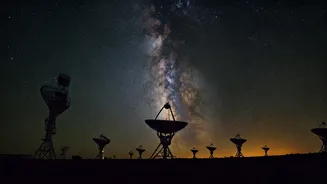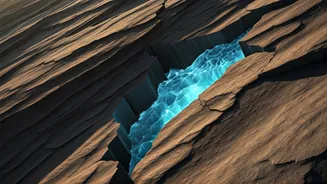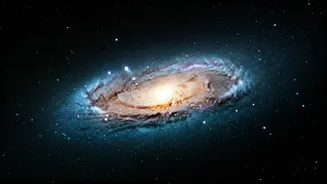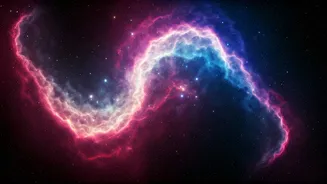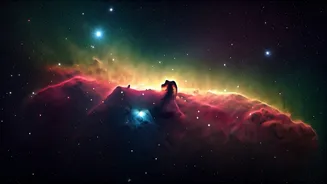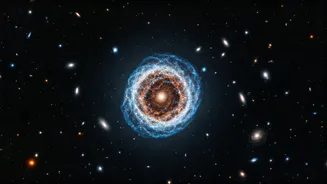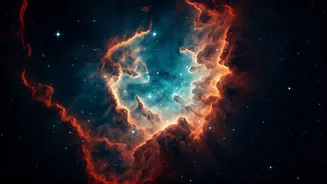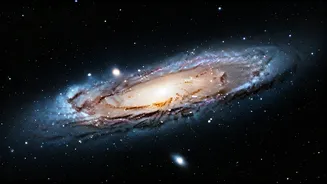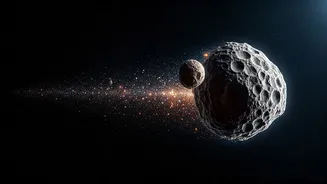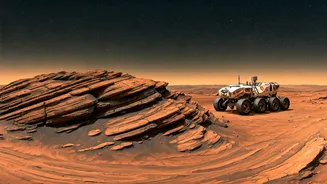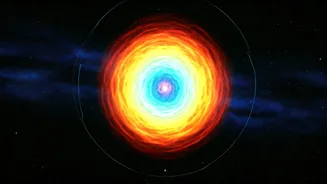Mapping Cosmic History
The recent advancement in radio astronomy has led to the creation of the most detailed radio map of the early universe. This impressive map was achieved
through the utilization of the Murchison Widefield Array (MWA), a sophisticated radio telescope. The MWA is located in the remote Western Australian outback, an environment that minimizes radio interference, ensuring the precision of the observations. This radio map serves as a historical record, helping scientists to examine the cosmic microwave background (CMB) radiation, the initial light left over from the Big Bang. Studying this radiation provides crucial evidence about the universe's initial structure, including the distribution of matter and energy shortly after its origin. The new map offers improved resolution and sensitivity, enabling astronomers to discern the faintest signals and study the earliest phases of cosmic evolution.
MWA: A Detailed Look
The Murchison Widefield Array, the instrument at the heart of this discovery, is not your average telescope. It's a low-frequency radio telescope designed to scan large areas of the sky with considerable sensitivity. Its unique design allows it to detect the faint radio signals from the early universe that are often obscured by brighter sources. The array consists of thousands of antennas spread over a vast area, working together to form a powerful observing instrument. It is particularly well-suited for observing the Epoch of Reionization, a period in the universe's early history when the first stars and galaxies formed and ionized the surrounding gas. Scientists involved with the MWA have diligently worked to refine their instruments and observational techniques to improve the clarity of the cosmic signals they receive, ultimately producing the most detailed map of the early universe known to date.
Unveiling Early Structures
One of the major scientific goals of this project is to comprehend the formation of the first structures in the universe, such as galaxies and galaxy clusters. By examining the patterns and distribution of the CMB radiation in the new radio map, scientists can gain insights into the physical processes that shaped these initial structures. These processes involve complex interactions between dark matter, dark energy, and ordinary matter, which are only partially understood today. The detailed map shows subtle variations in the CMB, which correlate to the density fluctuations that grew into the structures we see today. The MWA data helps in understanding how gravity worked to bring together matter, giving rise to the galaxies and the large-scale structures we observe in the current universe. Studying the early universe offers invaluable insight into the laws that govern cosmic evolution and the universe's ultimate destiny.
Future Research Prospects
The creation of this detailed radio map presents exciting opportunities for future research. Scientists will continue to analyze the data to refine their understanding of the early universe. This includes exploring the interactions between different forms of matter and energy during the Epoch of Reionization, a key period in the formation of cosmic structures. Future research efforts will also aim to identify the signals from the 'cosmic dawn,' when the first stars and galaxies ignited, offering valuable information on the initial stages of star formation and galaxy development. Moreover, this work will set the stage for upcoming radio astronomy projects that are even more powerful. These projects aim to push the boundaries of cosmic exploration by unveiling more secrets about the early universe and expanding our understanding of the cosmos's history.
